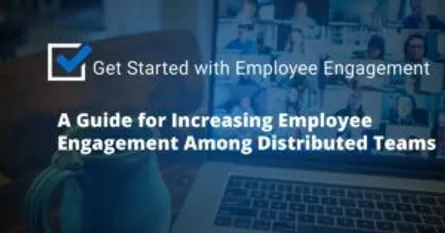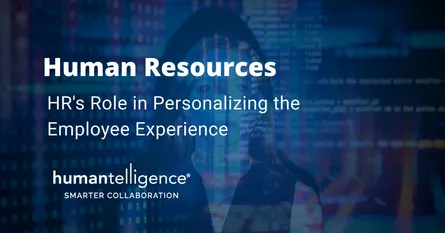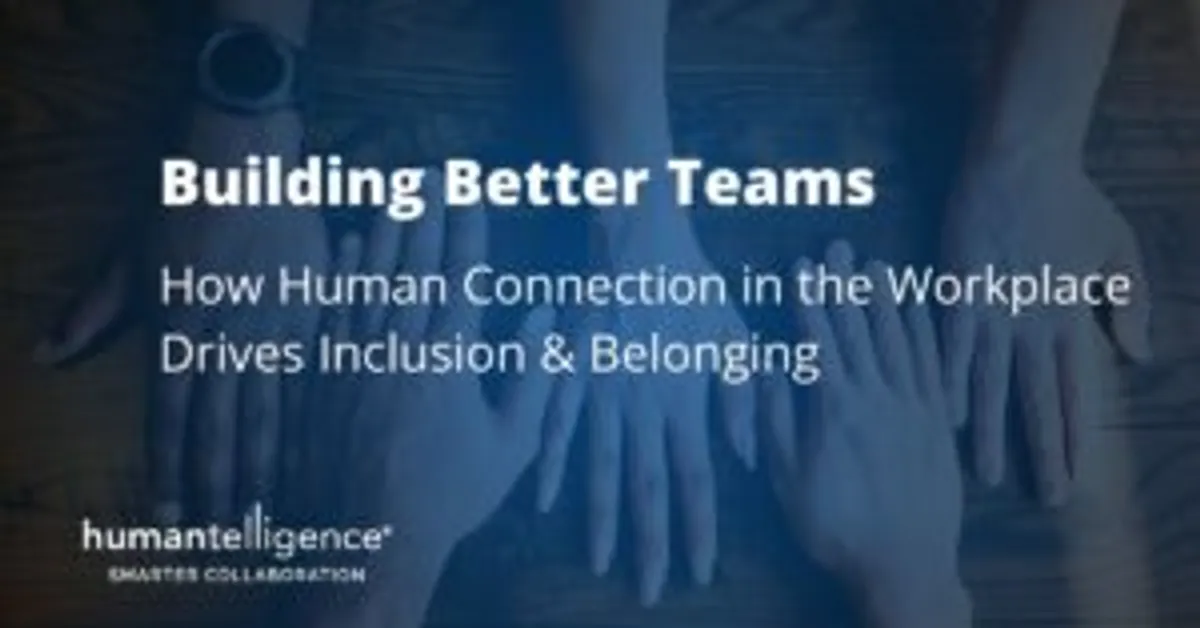
How Human Connection in the Workplace Drives Inclusion & Belonging
- Admin
- DEIB , Collaboration
- 25 Jul, 2023
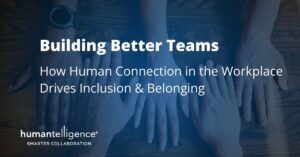
In today’s fast-paced work environment, it can be easy to get lost in the day-to-day tasks and deadlines. However, as humans, we are social creatures who crave connection and a sense of belonging. This is why fostering human connection in the workplace is essential for promoting inclusion and a positive work environment. In this article, we will explore the importance of human connection at work and how it can improve inclusion and belonging within teams.
The Importance of Human Connection at Work
Human connection in the workplace refers to the relationships and interactions between colleagues, managers, and employees. It is about creating a sense of community and fostering a positive work culture where everyone feels valued and supported. When individuals feel connected to their colleagues, they are more likely to feel motivated and engaged at work. This can lead to increased productivity, job satisfaction, and overall well-being.
Research has shown that positive relationships at work can improve both mental and physical health. A study published in the Journal of Occupational Health Psychology found that employees who reported higher levels of social support from colleagues and supervisors had lower levels of stress and burnout (Halbesleben & Buckley, 2004). Additionally, a meta-analysis of over 200 studies found that employees who felt supported by their colleagues and managers had better mental health outcomes, including decreased anxiety and depression (Holt-Lunstad, Smith, & Layton, 2010).
A sense of connection at work can improve job satisfaction and employee retention rates. According to the 2021 Workplace Friendship & Happiness Survey by Wildgoose, 57% of people say having a best friend in the workplace makes work more enjoyable, 22% feel more productive with friends, and 21% say friendship makes them more creative.
These numbers are understandable. Work is often a means to an end, and jobs come with stressors and unexpected events that are out of your control. It can be the relationships we have at work that make the hours spent at work happier and more purposeful. This is because having a connection with colleagues can create a sense of loyalty and commitment to the company.
How Connection Improves Inclusion & Belonging
Inclusion and belonging are essential components of a positive work environment. Inclusion refers to the extent to which individuals feel valued, respected, and supported in the workplace regardless of their background or identity. Belonging refers to the sense of community and connection that individuals feel with their colleagues and the organization as a whole. When employees feel included and a sense of belonging at work, they are more likely to be motivated, engaged, and productive.
Human connection in the workplace can improve inclusion and belonging in several ways. Firstly, when colleagues have positive relationships with each other, they are more likely to understand and appreciate each other’s unique perspectives and backgrounds. This can lead to increased empathy and respect for diversity, which is essential for creating an inclusive work environment.
Secondly, having a sense of connection with colleagues can increase trust and psychological safety in the workplace. When individuals feel comfortable expressing themselves and sharing their ideas, they are more likely to contribute to the team’s success. A study conducted by Google found that teams with high levels of psychological safety had higher levels of productivity, innovation, and overall performance (Edmondson, 2012).
Lastly, human connection in the workplace can promote a culture of collaboration and teamwork. When individuals feel connected to their colleagues, they are more likely to work together and support each other’s success. This can lead to increased creativity and problem solving, as well as a stronger sense of community within the organization.
Ways to Foster Human Connection
Creating a sense of human connection in the workplace takes effort and intentionality. Here are some ways to foster human connection within teams:
- Prioritize Social Activities: Encourage colleagues to get to know each other outside of work by organizing social events such as happy hours, team lunches, virtual coffee or trivia sessions, or volunteering activities.
- Show Appreciation Regularly: Expressing gratitude and appreciation for colleagues can create a positive work culture and foster a sense of connection. Encourage team members to recognize and celebrate each other’s accomplishments.
- Encourage Open Communication: Encouraging open communication among employees is a great way to foster human connection in the workplace. This can be done by providing opportunities for employees to share their thoughts and ideas with each other, such as regular team meetings, brainstorming sessions, and open-door policies for managers.
- Promote Collaboration: Collaboration is another effective way to foster human connection in the workplace. By promoting teamwork and collaboration, employees can build relationships with each other and work together towards common goals. This can be done through group projects, team-building exercises, and cross-functional training programs.
- Recognize Achievements: Recognizing achievements and celebrating milestones is a great way to foster human connection in the workplace. By acknowledging the contributions of individual employees and teams, you can help create a sense of community and foster a culture of appreciation and gratitude. This can be done through public recognition ceremonies, awards programs, and other forms of recognition and celebration.
Benefits of Human Connection at Work
The benefits of human connection in the workplace are not limited to employees’ mental and emotional well-being — in which both inclusion and belonging play key roles. Research has also shown that employees with strong social connections tend to perform better at work. According to a study by the University of Warwick, happy employees are up to 20% more productive than their unhappy colleagues. Happy employees are more engaged, motivated, and creative — leading to better performance and higher levels of job satisfaction. Organizations that prioritize human connection can also see significant improvements in their bottom line. A study by McKinsey & Company found that companies with diverse workforces are 35% more likely to have financial returns above their industry median. This is because a diverse workforce leads to better decision-making, improved innovation, and increased creativity. Creating human connection in the workplace can take many forms. For example, team-building activities, such as group outings or volunteer work, can help to build relationships and promote inclusivity. Regular team meetings and one-on-one check-ins can also help to foster connection and provide opportunities for feedback and collaboration. Social events, such as happy hours or team lunches, can be an excellent way to create a sense of community and help team members get to know one another on a more personal level. But creating human connection is not a one-size-fits-all approach. Different individuals will have different needs and preferences when it comes to social interaction. Some may prefer more structured activities, while others may prefer more informal gatherings. Organizations must be mindful of individual differences and tailor their approach accordingly to ensure that everyone feels included. Further, this approach to increasing human connect takes one of our most valuable resources — time. So the question becomes, how can we accelerate this process?
Technology that Makes Work Feel More Human
Funny enough, the answer lies in technology — technology that makes work more human! Consider optimizing all of your efforts by employing technology that supports them. For example, if you consider all the points of interaction among your employees — emails, chats, meetings, etc. — these are opportunities for building connection. There’s no need to wait until the happy hour or the team meeting. When drafting an email, chatting with a colleague, or joining a meeting, you team members could automatically have useful, customized tips for more effective communication and collaboration right at their fingertips.
These are personality and communication insights surfaced right there in the tools your organization uses every day: Microsoft Teams®, Outlook®, Gmail®, Zoom®, Webex®, Slack® and calendars. With this tool, leaders can reduce friction between team members, create stronger human connection more quickly, build a foundation for inclusion and belonging, and improve the productivity of the team. Human connection in the workplace is essential for creating a sense of belonging and inclusivity within teams. Establishing meaningful relationships between team members can lead to improved engagement, higher levels of job satisfaction, and increased productivity.
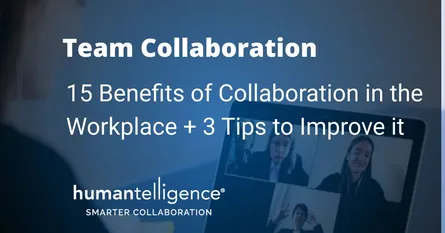

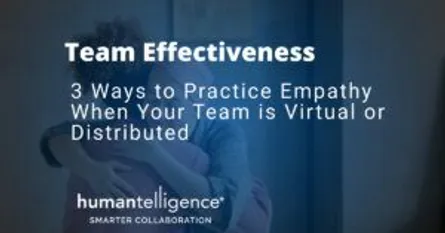



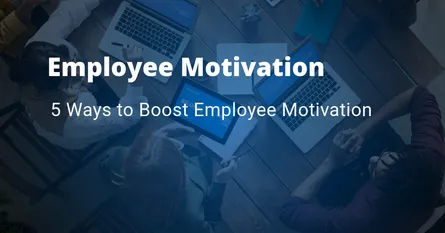




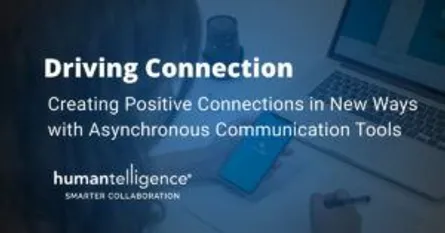

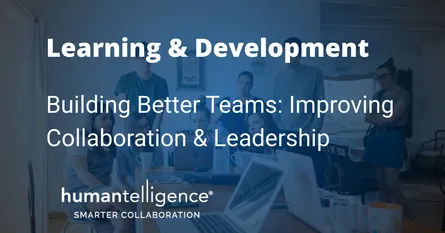


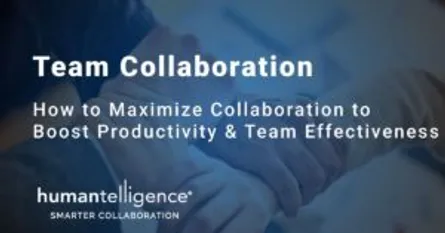
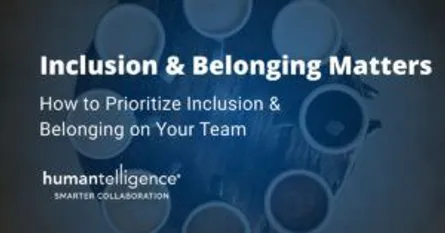


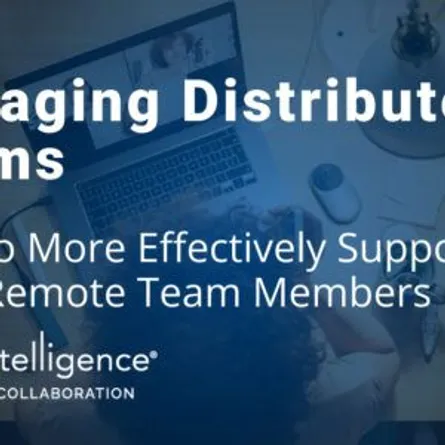
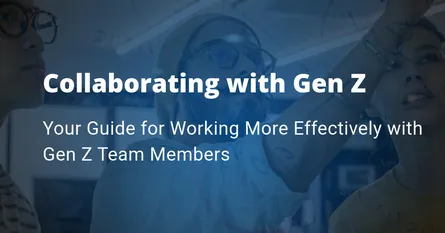
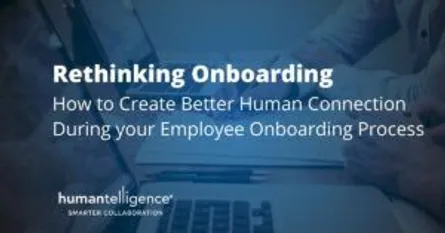


-Low-Quality.DNBpXyLx_1VXSiM.webp)
.CiqwvMOO_A63sY.webp)
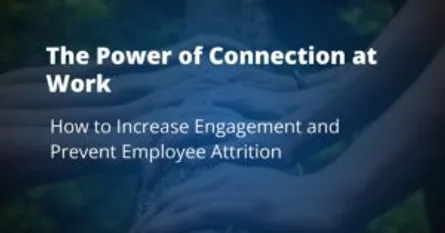
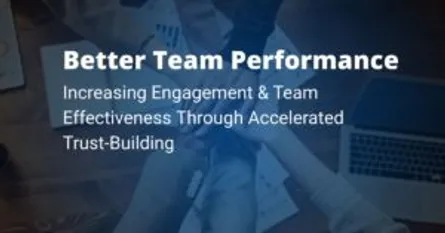
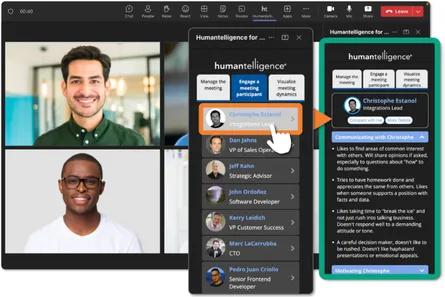


-Medium-Quality.ZFp5mEuF_Z13ebXJ.webp)

